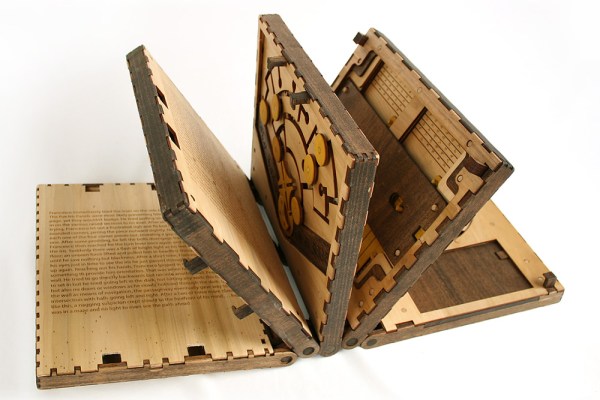A few years ago, [Mike] heard about orthotic devices for people in wheelchairs that make it easier to them to move their arms. His daughter had the opportunity to demo one of these devices, and the results with the device were good. The fights with the insurance company were not so good, but this really was a device that could be made on a 3D printer with a few rubber bands, after all. Thus, [Mike] invented 3D printed antigravity arm floaties.
The name basically tells the story — these antigravity arm floaties work well to counter the pull of gravity for individuals with low muscle tone. [Mike]’s daughter found the professional, official, not-covered-by-insurance version useful, so [Mike] decided to build his own. There’s really not much to it – it’s just a few 3D printed parts attached to a wheelchair with a few rubber bands giving the mechanical linkages some resistance.
In the true hacker spirit, [Mike] took the basic idea of these spring-loaded arm floaties and put a new twist on it. He’s using a chain as the mechanism that allows freedom of movement in the XY plane. This makes the device slightly better, and is by every account an improvement on the commercial version. That’s what you get when you can iterate quickly with a 3D printer, making this project an excellent example of what we’re looking for in the Assistive Technology portion of the Hackaday Prize.























